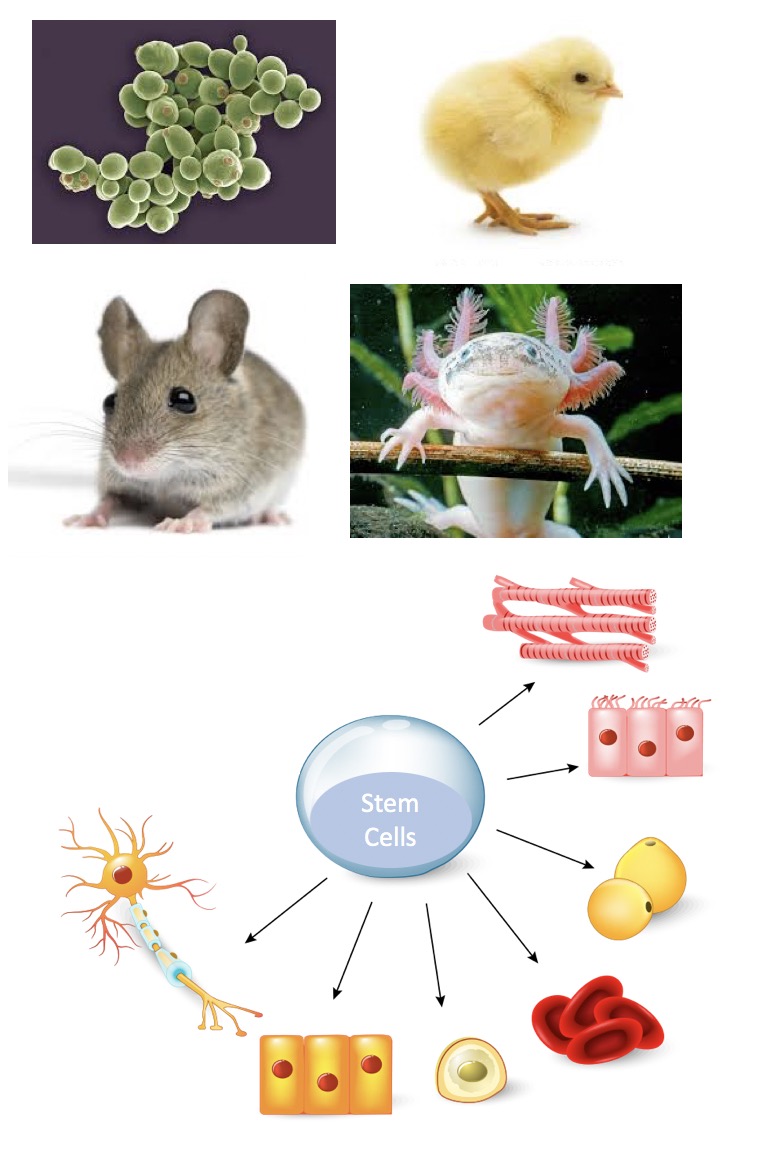Our Research

Ribosome Mediated Control of Gene Expression
Work from our lab has changed the view that ribosomes are passive, indiscriminate machines. Our studies suggest that the translation machinery is a more dynamic, macromolecular complex with complex and specialized roles in the cell. A major interest in the lab is centered on understanding how ribosomes dictate when and where proteins are made to direct rapid and dynamic cell fate transitions. We study both the functional roles of ribosomes in normal mammalian development and in disease states such as ribosomopathies. We employ a wide-variety of technologies including mass spectrometry, sub cellular resolution imaging, as well as sequencing platforms to characterize ribosomes and their variation at the level of protein, rRNA, and modifications. Ultimately, the goals of the lab are to know how ribosomes function in sub cellular space, across different cell types, and the biological meaning of ribosome-mediated control of gene expression towards organismal development and evolution.

Control of Tissue Patterning & Regeneration
